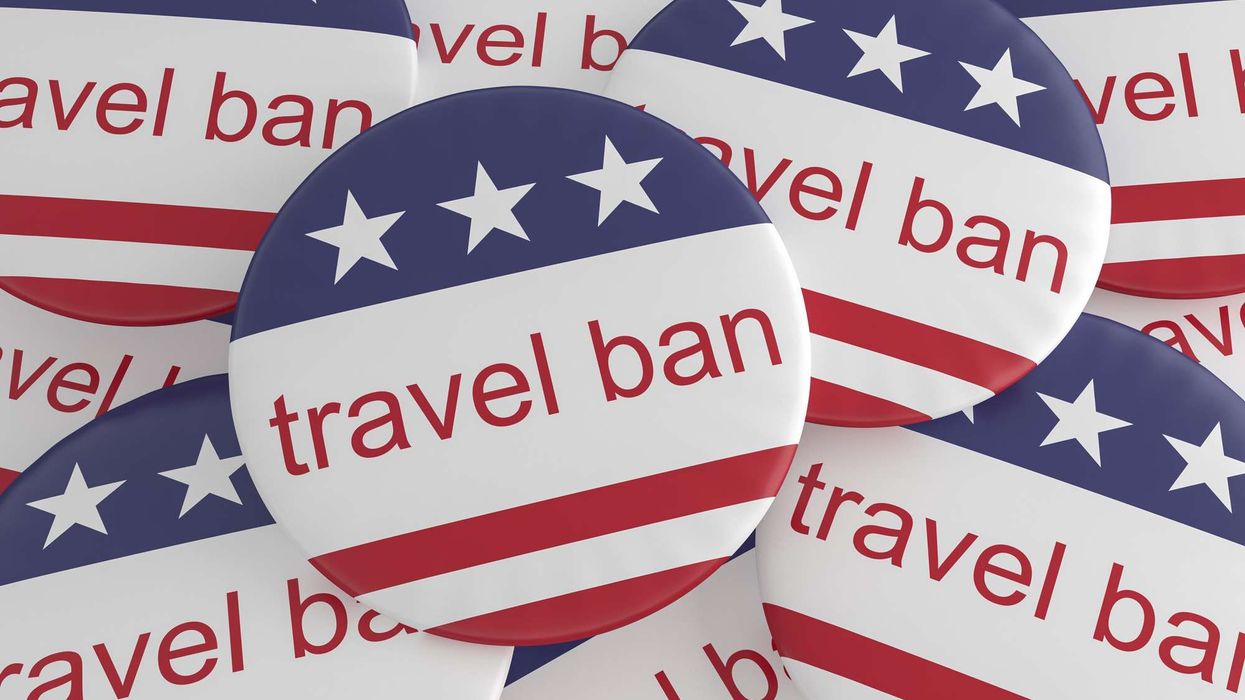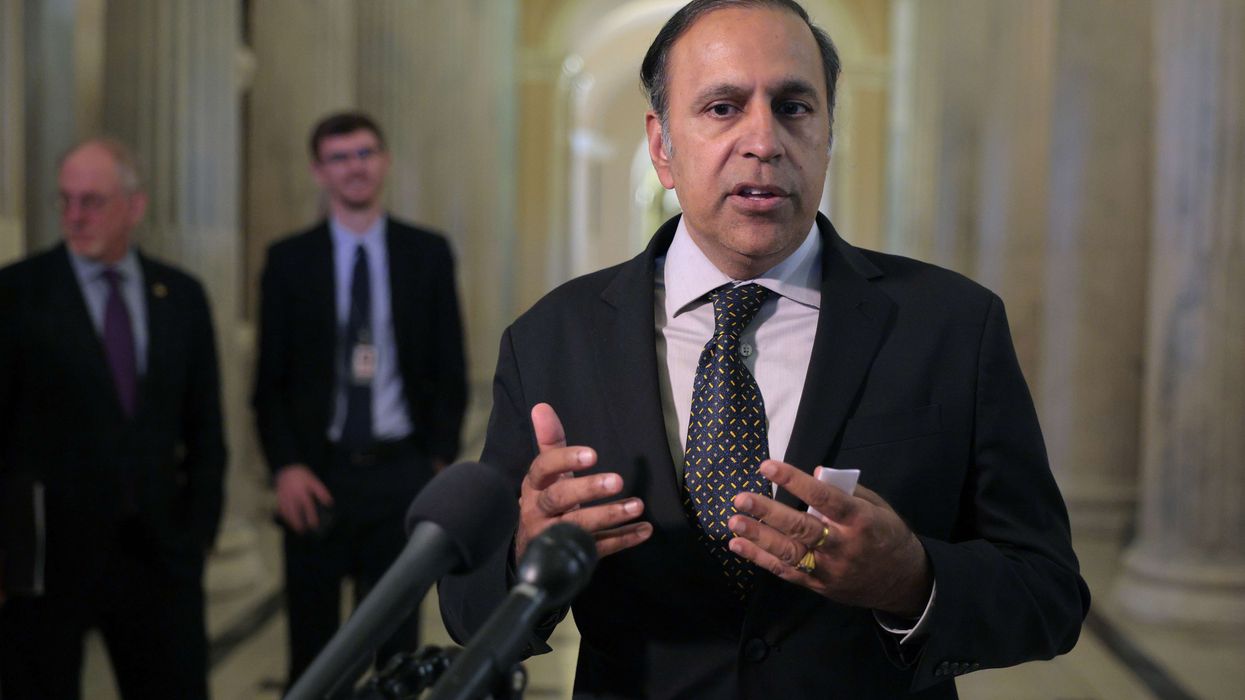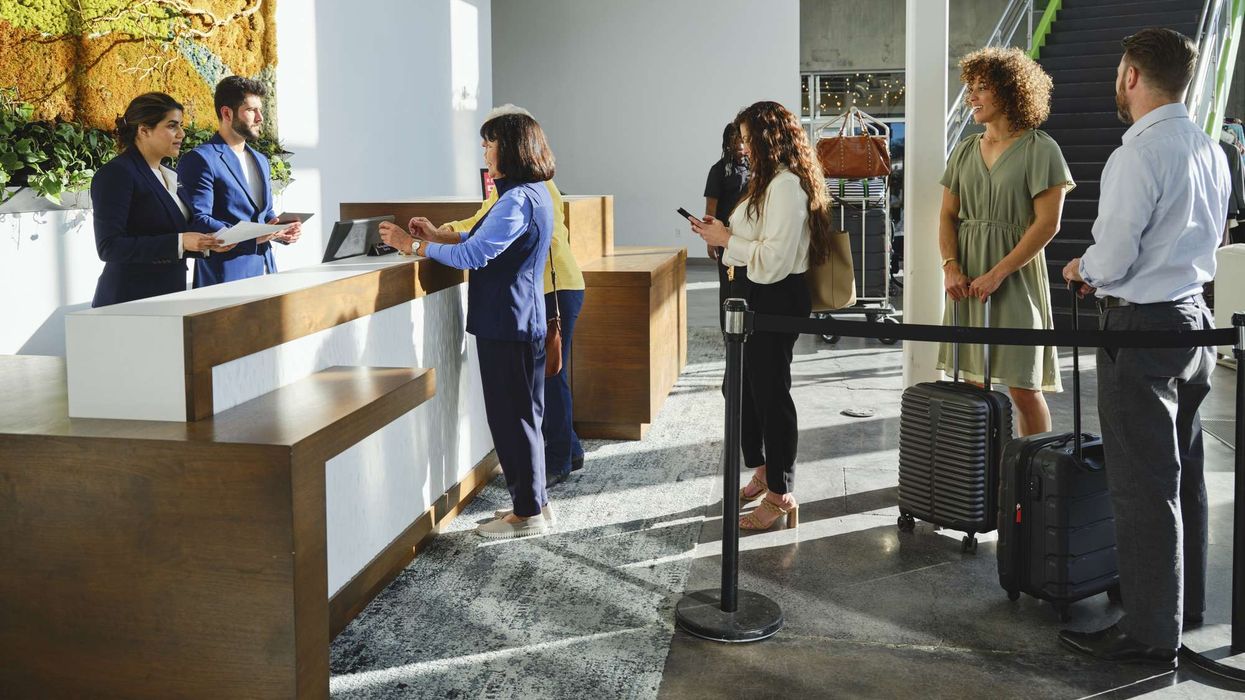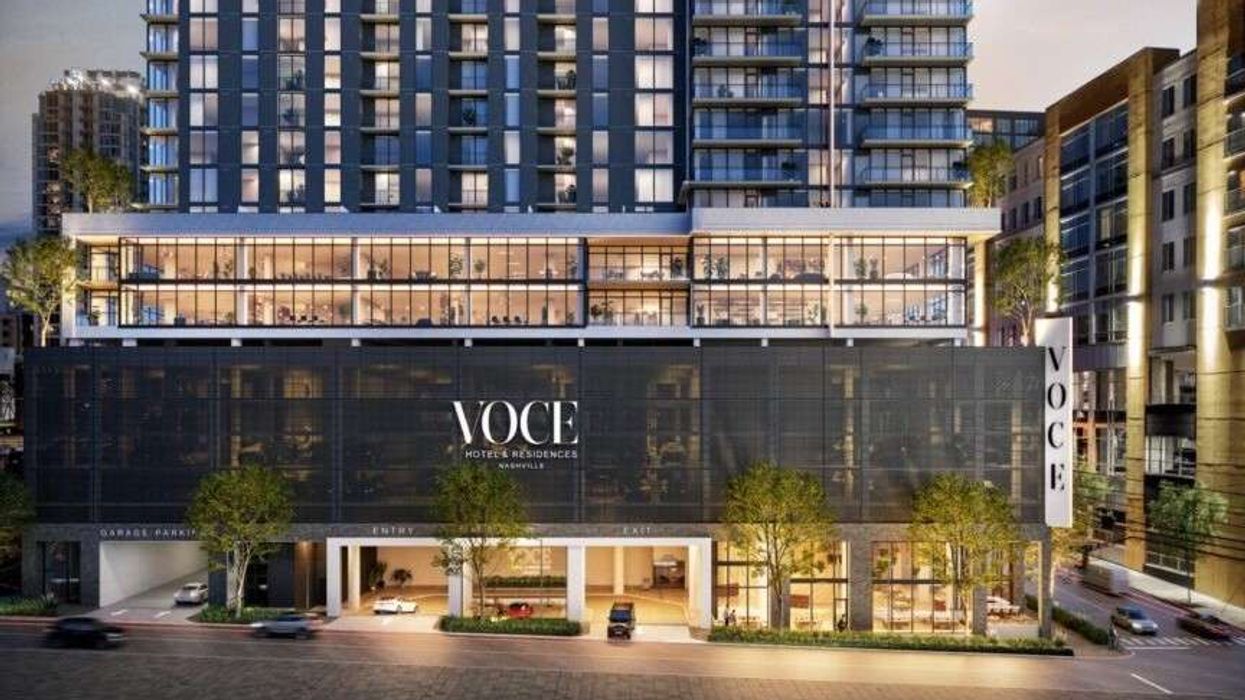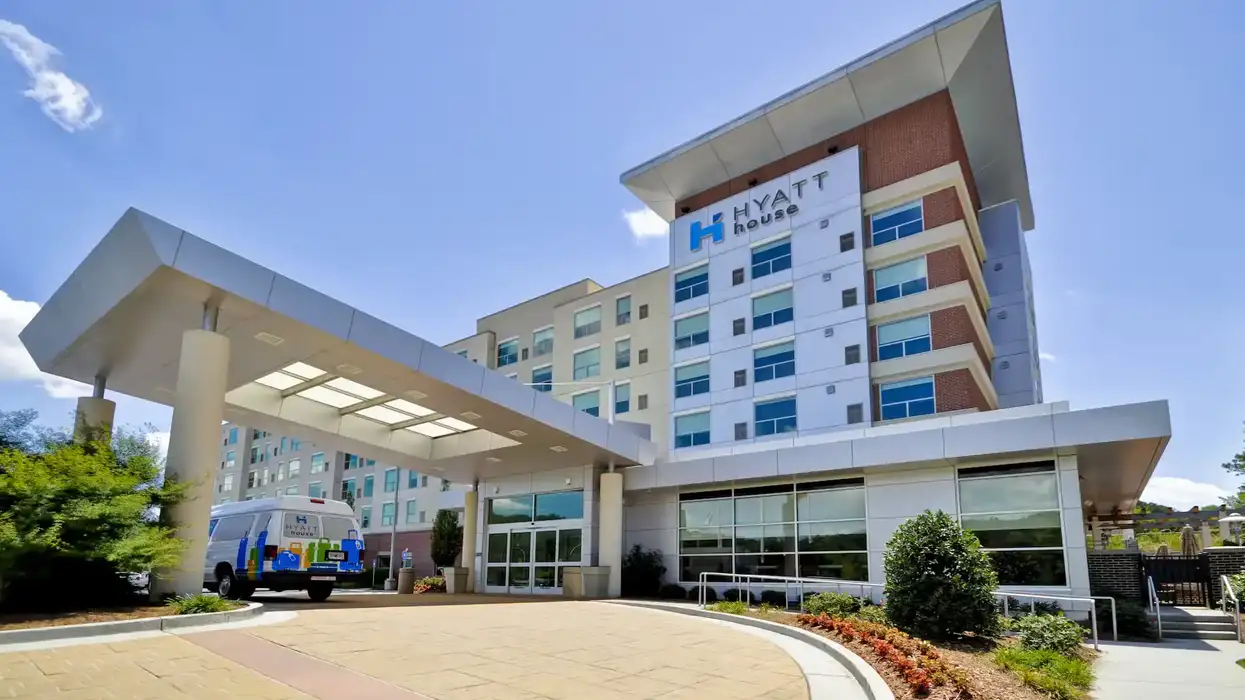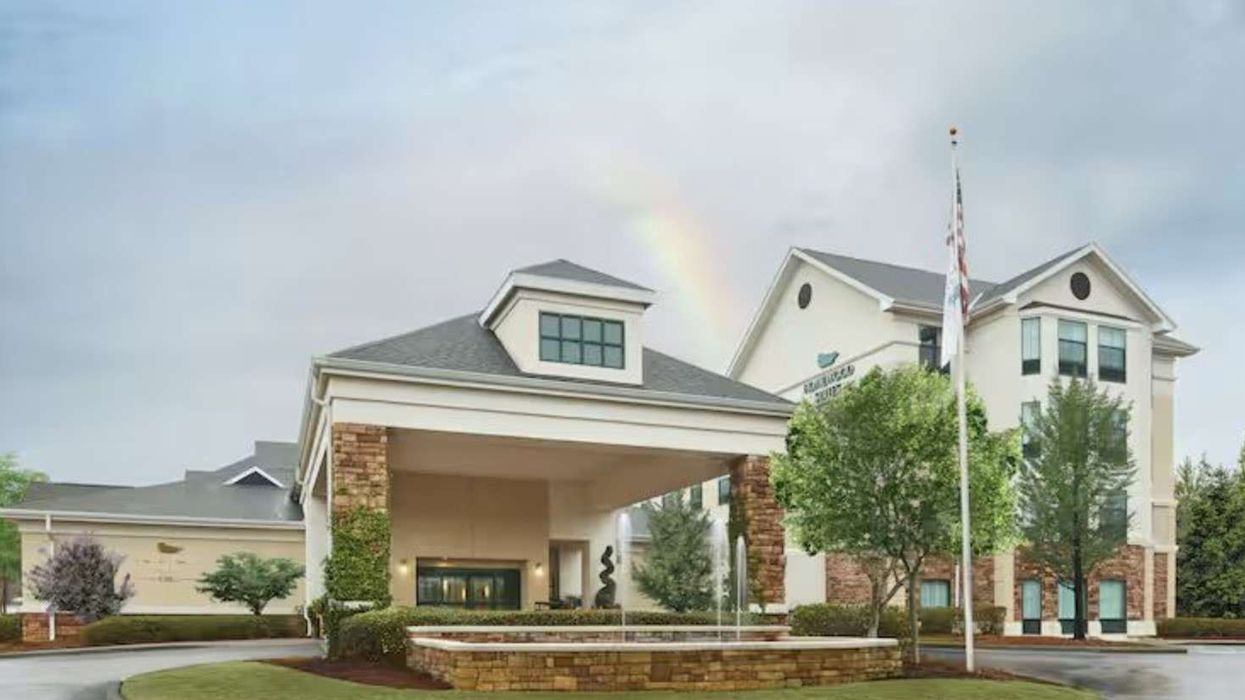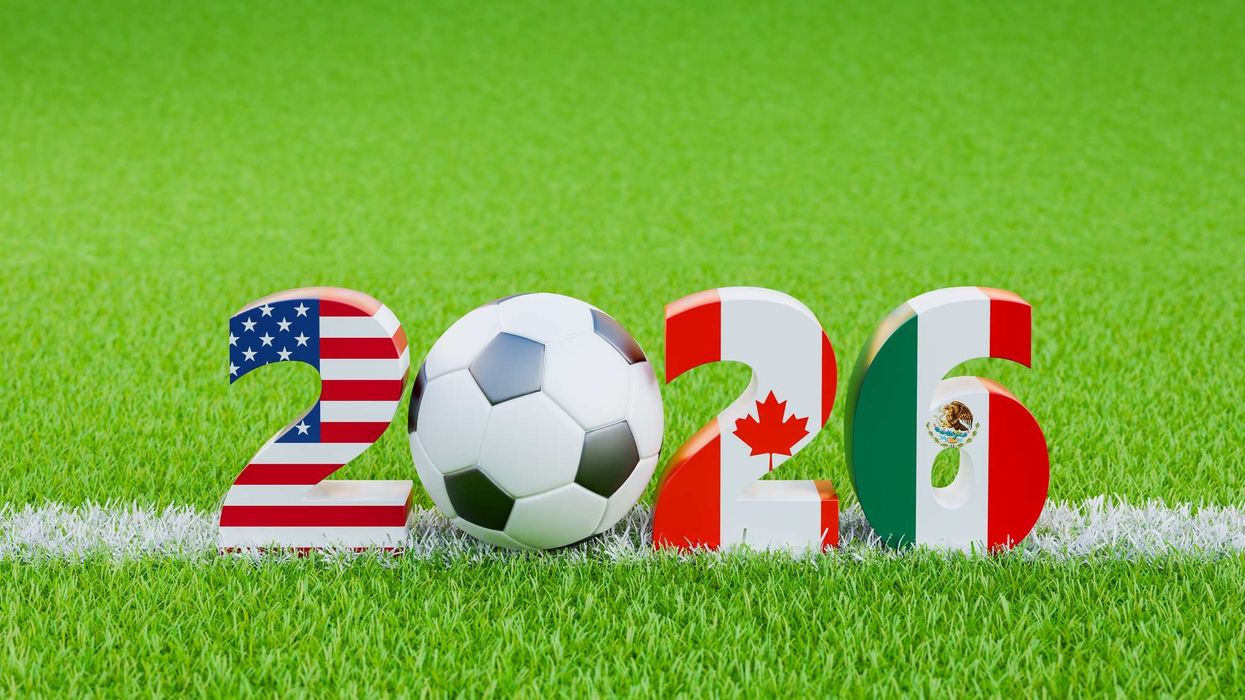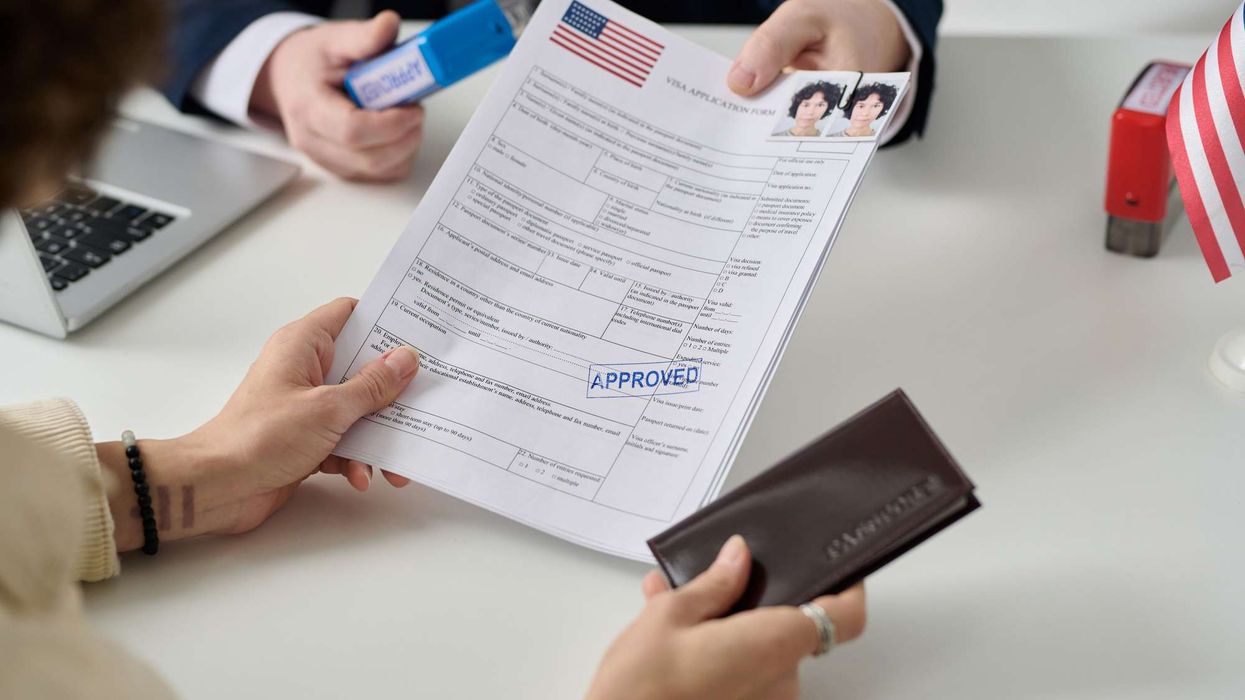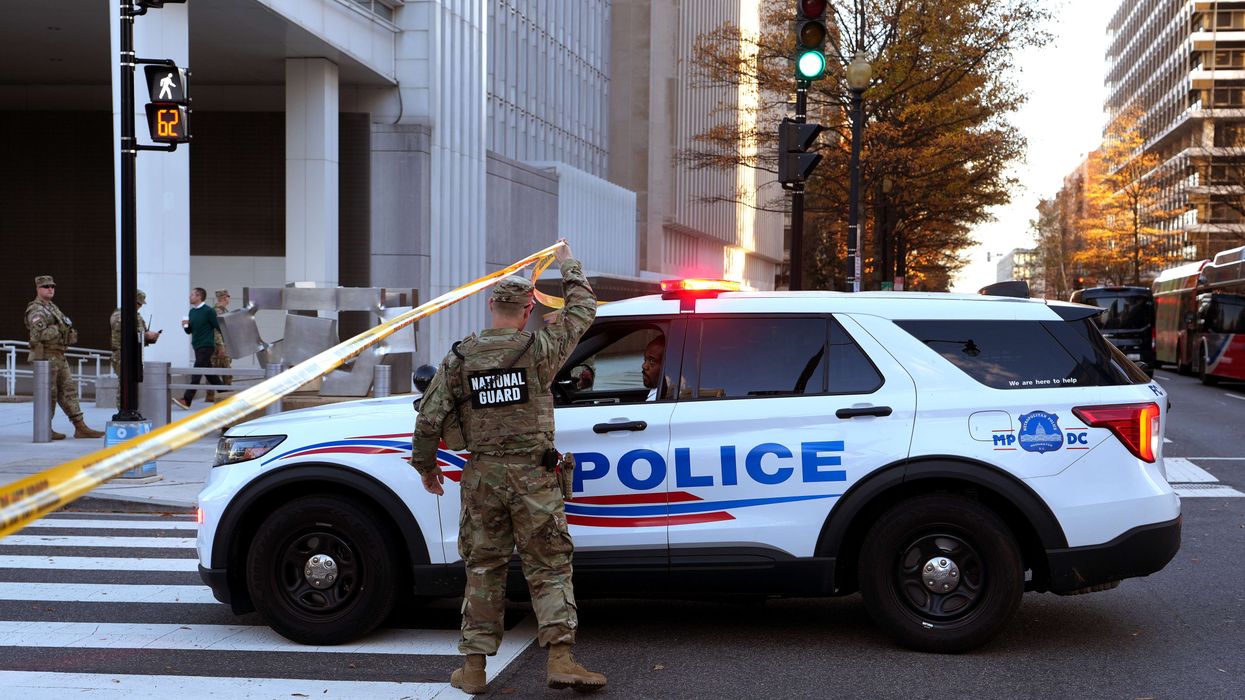THE THIRD QUARTER ended with U.S. hotels making slightly better profits than in the second quarter, but still struggling compared to prior years, according to HotStats. Also, the U.S. remains the only global region without a positive month of GOPPAR since the pandemic began.
GOPPAR for U.S. hotels was negative $9.87 for the quarter, which was 58 percent higher than the GOPPAR recorded in the second quarter, but 110 percent down from the same period a year ago, according to HotStats.
RevPAR in the quarter was $32.47, 136 percent higher than the previous quarter, led by a 12-percentage-point hike in occupancy combined with rate growth of nearly $20. TRevPAR rose to $45.90, a 128 percent increase over the second quarter and supported by growth in F&B revenue and other ancillary items. Profitability was shrinking in September when profits for the month stood at negative $9.19, down 34 percent from the month prior.
“The cost side is where hotels saw their profits turn south. Minimal revenue generation was eaten up by expenses that, though still down year-over-year, remained constant enough to make a dent,” HotStats said. “The numbers point to a slow rebound for U.S. hotels that, for context, is better measured month by month rather than year by year, the latter being how hotel data is historically interpreted.”
HotStats also found that approximately 10 percent of all U.S. hotels closed at one point due to the pandemic.
“The good news is that the majority of them are beginning to reopen their doors, despite concern over cases spiking. Though even closed hotels have expenses, open ones have even more and higher,” HotStats said. “Labor costs on a per-available-room basis during the second quarter, the height of the pandemic, amounted to $28.93, which was 71 percent lower than in the same period a year ago. Labor expenses crept up slightly in the third quarter to $31.72, 9.6 percent higher than it was in the second quarter and a decrease of 67 percent from the third quarter 2019.”

